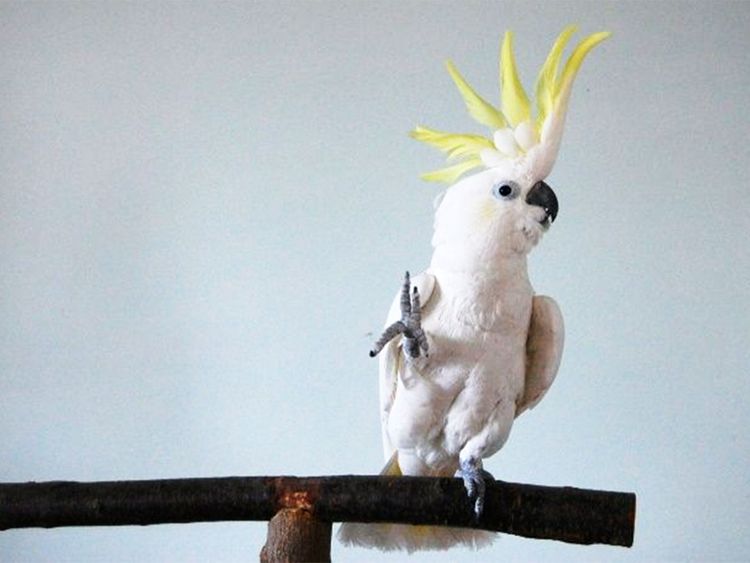

While Snowball had danced to the tracks with his owner before, her style is apparently rather limited, suggesting the parrot may have drawn on his own interpretation of the music. Joanne Jao Keehn, a cognitive neuroscientist and trained dancer on the team, then used frame-by-frame analysis to note all the moves he made. Writing in Current Biology, the scientists describe how they filmed Snowball dancing to the Queen and Cyndi Lauper tracks three times. Snowball, a sulphur-crested cockatoo, dancing to music. That piqued Patel’s interest: it suggested that the beat was not simply triggering Snowball to make stock moves, but that he was choosing which moves to make. He kept on the beat when the music was slowed down and speeded up, his only encouragement being verbal praise from the sidelines.Īfter the research, Schulz noticed that Snowball was experimenting with new moves. The first study showed that Snowball indeed anticipated the beat, bobbing his head and stomping his feet in time to the music. “They may not spend enough time bonding with dancing humans to develop dancing themselves,” he said.

Dolphins are a good contender, but Patel is not overly optimistic. Patel suspects a number of factors have to come together for an animal to get into the groove, including an ability to learn complex sequences of actions and form long-term social bonds. Not all vocal learners are destined to be dancers, however. Unlike cats, dogs and monkeys, which are born with innate sounds, vocal learners such as parrots, dolphins and elephants, can learn an array of sounds based on what they hear in the environment. While some animals can be trained to move in response to music, Patel suspected that anticipating the beat and moving in time was a skill unique to “vocal learners”. He contacted Irena Schulz, who owned the bird shelter where Snowball lived, and with her soon launched a study of Snowball’s dancing prowess. In 2008, Patel, who has long studied the origins of musicality, watched a video on the internet of Snowball dancing in time to the band’s track Everybody. It all started, as some things must, with the Backstreet Boys. The fact that we see this in another animal suggests that if you have a brain with certain cognitive and neural capacities, you are predisposed to dance,” he added. “It seems that dancing to music isn’t purely a product of human culture. “There are moves in there, like the Madonna Vogue move, that I just can’t believe.” “We were amazed,” said Aniruddh Patel, a psychology professor at Tufts University in Medford, Massachusetts. Snowball dances to Another Ones Bites the Dust by Queen


 0 kommentar(er)
0 kommentar(er)
